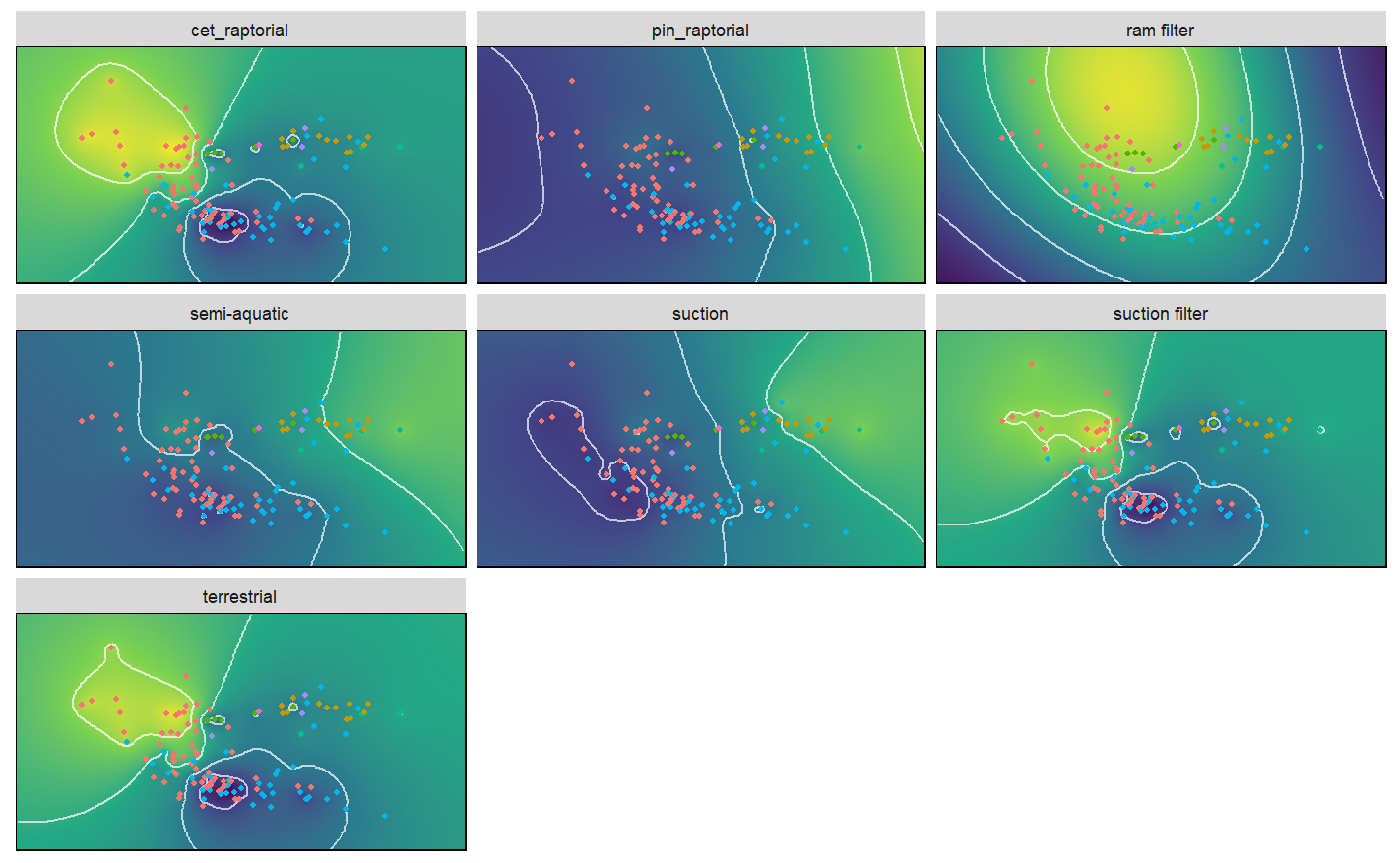Research
I am a palaeobiologist interested in the evolutionary history of vertebrate diversity. My research is built on multiple animal groups (but does primarily focus on marine mammals and other secondarily aquatic tetrapods) and methodological approaches. This ranges from quantitative studies of macroevolution, 3D scanning, geometric morphometrics, to more traditional palaeontological descriptions and phylogenetics. Below are some of the main strands of my research, but the list is neither exhaustive nor mutually exclusive.
Macroevolution
This area encompasses many different research questions I am either currently working on or am interested in. This includes things such as evolution of feeding behaviours, how climate and other extrinsic factors affect the rates of diversification, the origins of higher taxa, innovation versus constraint. I aim to test these questions using secondarily aquatic tetrapods, primarily marine mammals. I am very interested in exploring the differences and similarities between the macroevolutionary patterns of the different secondarily aquatic tetrapod lineages.
(image from Kelley & Pyenson 2015, Nature)
Adaptive landscapes
I am absolutely fascinated by the concept of adaptive landscapes, in particular the phenotypic landscapes envisaged by George Gaylord Simpson. Recent methodological advances have meant that adaptive landscapes can now be constructed from mutlivariate morphofunctional data, which I am currently using to explore transitions between feeding types in marine mammals. I believe that adaptive landscapes have an immense amount of potential to inform us about evolutionary processes, and that we have only begun to utilise them properly.
Sensory evolution
My PhD was on the evolution of hearing in early Neoceti, and I have continued working in this area. Major research questions focus on the evolution of echolocation in toothed whales, macroevolutionary patterns of hearing in cetaceans and, in collaboration with Dr James Rule, the evolution of hearing in pinnipeds.
Evolution of Neoceti
The appearance of the two living group of cetaceans is a topic that is undergoing a resurgence in interest, with lots of new species being named in and around the divergence of neocetes from their basilosaurid ancestors. The exact relationships between these species, the tempo and mode of this divergence and the subsequent rapid evolution of odontocetes and mysticetes are all questions that I am interested in and working on.
(image by Shadowgate, used under a CC BY 2.0 licence)



